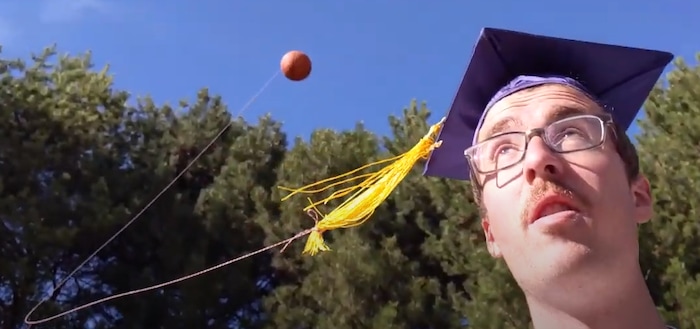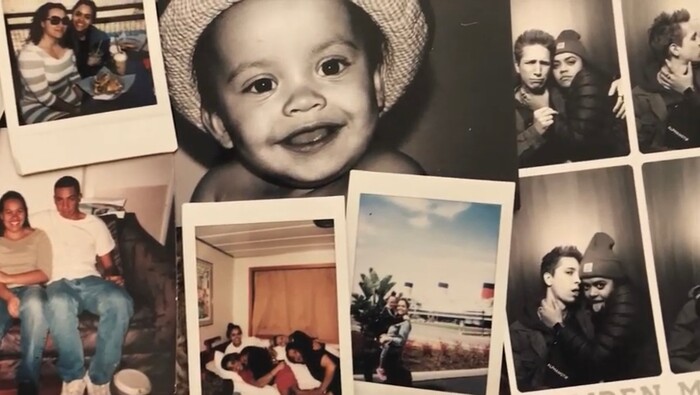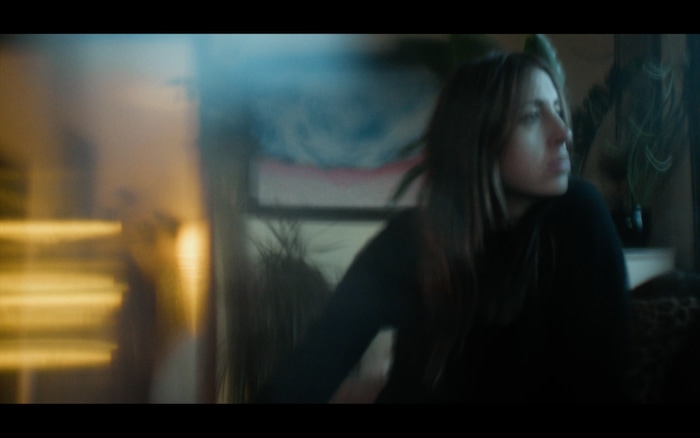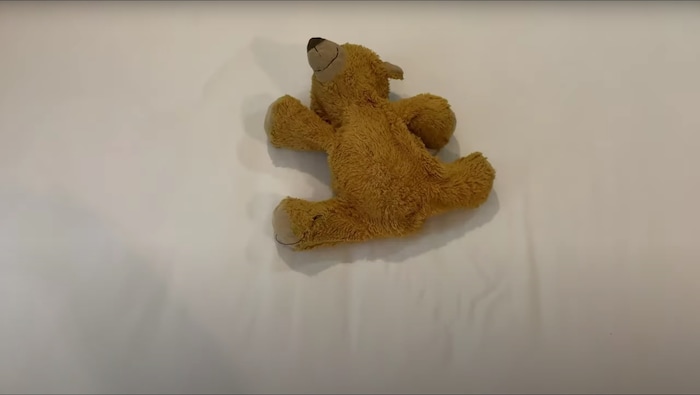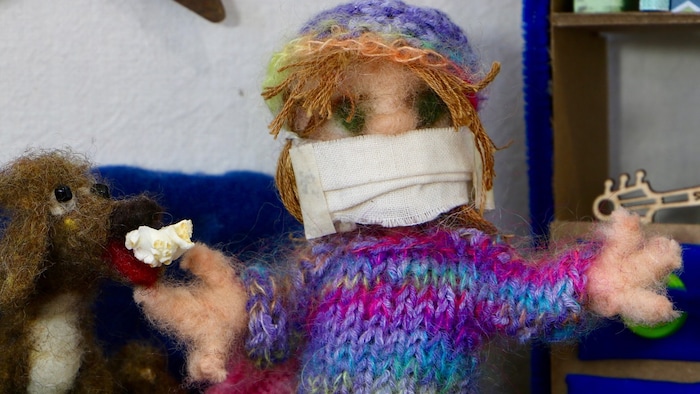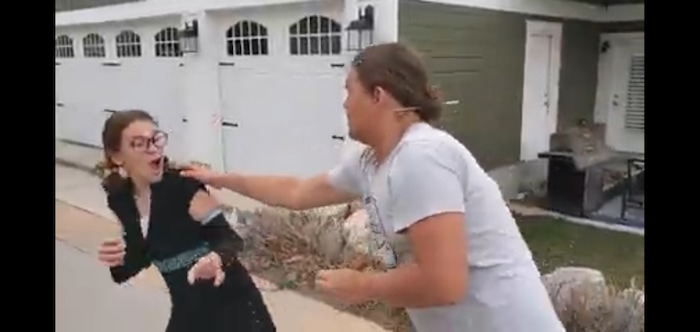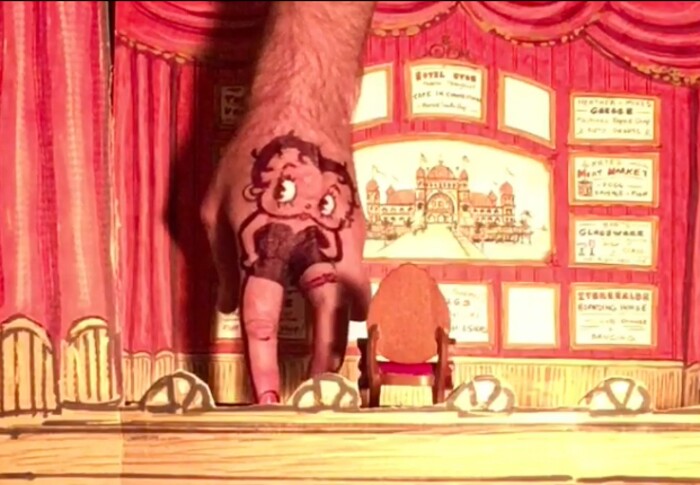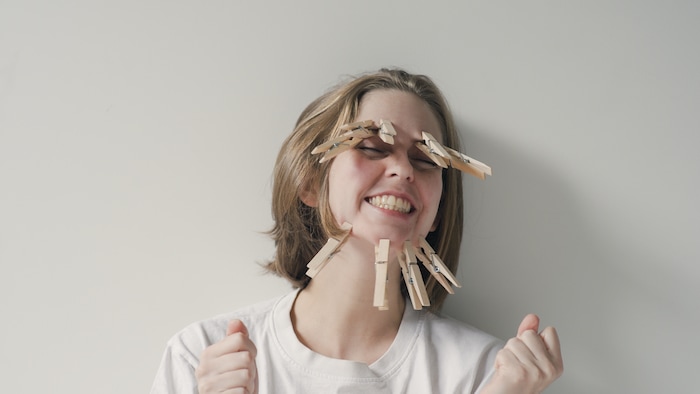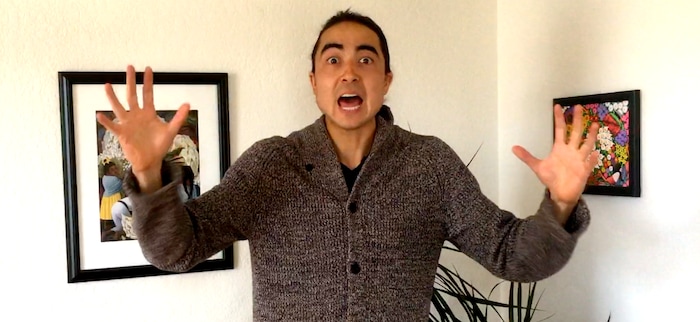What do filmmakers, in Utah and around the world, need to say about life during the coronavirus pandemic?
Some want to talk about themselves, or to educate others. But a good number of submissions to The Salt Lake Tribune’s first (and, heaven help us, last) Quarantine Film Festival had the goal of making people laugh, or at least smile.
The range of these 29 films includes comedy, drama, documentary and animation — from enthusiastic amateurs, film students and professionals. Twenty were made by Utahns, and others came in from Poland, India and Australia.
As different as they are from one another, one theme threads through them: We’re all in this together.
Let’s start the festival lineup with some comedy.
In “Quarantine Dating,” director John Rowland, from South Salt Lake, depicts a first date in the age of social distancing. “Humans are social creatures, and people want to get out and see those they care about and continue with their lives,” said Rowland, who plays the male half of the couple; his “best friend” Jillene Stark plays the female half.
In “Lamp Lady,” Trevor Allen, of Orem, was inspired by two reactions his relatives have had to the pandemic: Paranoia about being infected, and the urge to buy stuff. In Allen’s absurdist short film, a young woman (Kerity Aprih) seizes on those reactions by trying to sell a lampshade to a neighbor (Jennifer Pollei).
Hayden Andersen, of Alpine, just graduated from Brigham Young University with a degree in civil engineering. Andersen got creative with the video BYU asked grads to submit in lieu of a ceremony. “People know that recent graduates might be stressed out and need a laugh. People also know that we have too much free time,” Andersen said. That was how “Tassel Toss,” a 50-second bite of basketball-themed lunacy, was born.
Also in Alpine, Adam Colvin — an actor in Los Angeles who came home to Utah to ride out the pandemic — created “Quinton, the Quilted Northern,” a valentine to every self-isolator’s best friend: a roll of bathroom tissue. The film was an effort, Colvin said, “to keep up the creative process and stay true to my high-energy, weird self.”
The festival shifts gears here, with films that represent the documentary and video-art categories.
Makayla Hopkins, a Salt Lake Community College film student from West Jordan, gets personal with “Isolated Together,” a documentary in which she conveys how she and her circle are reacting to “the new normal.” “I just wanted people to feel less alone,” she said.
Salt Lake City filmmaker Paige Sparks collaborated with writer Ilana Fogelson to create “Scission,” which melds Fogelson’s poetry with Sparks’ evocative images of in-house isolation. The film, which Sparks filmed and edited in her house, “is a meditation on the loss of a tangible connection with others, and the kind of grief that goes along with the loss of a more tactile relationship with the world at large,” they write.
Cinematographer Brent Rowland, from Salt Lake City, worked with composer Andrew Shaw for “Fragments #1,” a collection of brief expressionist sketches of a young woman (played by Meg Cabell) living in isolation. Rowland said “it’s been a surreal time in my personal life and for the country,” and that “art can help us recognize that other people may be feeling similar things.”
Guillermo Ramos, also of Salt Lake City, climbed to Ensign Peak to contemplate life in his documentary “Conversations in a Pandemic.” “This time has helped me genuinely realize how little time I take to myself and my own introspection,” Ramos says in his film’s narration.
In the animated “video diary” “Birthday Candles,” Salt Lake City filmmaker Ellen Marie Lewis reflects on having a birthday during lockdown. Lewis, a recent graduate of the University of Utah’s Film & Media Arts program, said the film began as a voice-memo recording, which she augmented with animation done by tracing photos with a mouse in PhotoShop. Many people have missed out on celebrations, Lewis said, so “I’m ultimately hoping other people will watch this and not feel alone in their disappointment, and will be able to find silver linings in this situation.”
Stop-motion animation was the outlet for ballerina and BYU student Brynn Foote, who made the two-minute “Less Than Lonely: A Teddy Bear Ballet,” which delivers exactly what the title promises. The pandemic can make people depressed, she said, “and I wanted to create something that would just help to make someone laugh, and help make me laugh.”
Nan Chalat Noaker, the retired editor of The Park Record in Park City, made a whimsical stop-motion film, “Pandemania 2,” in her studio in Oakley. The painstaking work of building the puppets and animating them “is a perfect solitary activity,” Noaker said.
Then it’s back to drama in Pleasant Grove filmmaker Aaron Hurt’s short film “Mirrors | srorriM.” Hurt stars as a man hearing strange knocks in his wall and wondering if someone is sending a message. “Loneliness and loss have always inspired me,” Hurt said. “This virus brings out a whole new level of isolation, and it’s interesting to see how people have dealt with their own feelings of loneliness.”
Another drama, “Flowers of Paradise,” written and directed by Syd VanRoosendaal of Salt Lake City, depicts a phone conversation between a couple (Christian Murdock and Aidan Croft) and their former roommate (played by VanRoosendaal), who is dealing with depression during isolation. The surreal, dreamlike feel reflects how quarantine has made people unstuck in time. “It’s important to check in with your friends, especially now because the future is so uncertain,” said Wiley Adams, the film’s editor and co-cinematographer.
Next up is “COVID 19: Banners,” a piece of video art by Parth Dudhiya, who is part of a group of filmmakers called 388Collective. Dudhiya drives down Interstate 15 with NPR on the radio, noting the normalcy of the electronic billboards juxtaposed against the dire news bulletins. Dudhiya lives in North Salt Lake but is originally from India, where the government has issued a strict lockdown. In the Salt Lake Valley, he said, “the response has been pretty lean. … It is a complete contrast.”
Yvonne Bass, a broadcast journalism student at Utah State University, created a report, titled “COVID-19,” in which she interviews shop owners in her hometown, Spanish Fork, about the hardships brought by stay-at-home recommendations. Even taking precautions — like wearing a mask and disinfecting her equipment — Bass said she had difficulties finding people willing to be interviewed.
The report “Grid City Beer Works” profiles a South Salt Lake brewpub that had the misfortune of scheduling its grand opening on April 23. Ryan Samanka of Salt Lake City launched his video production company, Ventricle Media, in March — so he empathizes with the “disheartening feeling to lose every bit of momentum [a] new company had built up.”
Sam Menendez of Ogden, through his production company Apollo Studios, made a public service video, “COVID-19: The Fight Isn’t Over,” that lays out the importance of social distancing and “flattening the curve.” Menendez said he believes the coronavirus pandemic “has awakened a sense of community. No matter who you are or where you’re from, we’re all in this together.”
The Utah section of the festival closes with more comedy shorts, which demonstrate the fun of do-it-yourself filmmaking.
In “Corona Kung Fu,” two martial arts masters battle over cleaning supplies — and, since this is a kung fu movie, their voices don’t match how their lips are moving. Newel White, of South Jordan, cast his children, Maya, 12, and Arden, 15, in the lead roles. He said that “making short films has been a great distraction for the kids.”
Kendall Whitesides, in Cottonwood Heights, is director, writer and editor of “Batman: Covid Crusader,” and plays the dual role of a hustler selling hoarded toilet paper and a surprise visitor to his house. The movie was a last-minute assignment in his film class, which went online because of the pandemic. “All I had was a camera, three lights and a tripod that fell apart on me,” Whitesides said.
In “Betty Boop Burlesque,” Anthony Ithurralde, also in Cottonwood Heights, shows he knows comedy like the back of his hand. On that hand, he’s painted the likeness of the cartoon flapper, using his fingers as her legs, which put on an energetic dance routine. Ithurralde — who first performed this act for a family Easter talent show on Zoom — created a poster-board copy of the Capitol Theatre stage, putting his friends’ names and a drawing of Saltair in the back-curtain advertising.
And we close out the festival with works that arrived from outside Utah.
Kevin Wu, a professional filmmaker who is originally from Logan but now lives in Burbank, Calif., lets his fingers do the walking, and the fighting, in “Mano a Mano,” a comedy in which Wu’s hands battle over whether they’ll wash themselves.
The most fascinating part of the film is the “behind the scenes” footage at the end. At one point, Wu cut his hand, and had to wait a week to resume filming. “I literally bled for this film,” he said.
Oscar Axel Thorborg, a filmmaker in Melbourne, Australia, may have made the funniest and most moving film in our festival. “Self Isolation: A COVID 19 Story,” follows Grace (played by Thorborg’s “unconventionally humorous” partner, Grace Davison), a woman living alone and trying to entertain herself — until she discovers that the coronavirus is apparently living in her bedroom closet. “Our films can’t solve anything, but maybe they can take people’s minds off things for a while,” Thorborg said.
Sterling Parker works in Poland, but was about to move himself and his family back to Utah before the pandemic put a stop to world travel. To cope during the wait, Parker made “Kovid Krazy,” a comic take on his landlord’s decision to start renovating the apartment next door, and the noise that came with it.
In Hyderabad, India, a filmmaker who goes by one name, Nagaraju, made an evocative film, “An Apparition.” The black-and-white short shows a bustling city from the viewpoint of insects making their way through it. The pandemic, Nagaraju said, “has shown us that humans are just part of nature, and we can never be above or beyond it.”
A thousand miles away, in Krishnagar, near Kolkata, college student Arghyamalya Biswas created another black-and-white film, “Soulmate.” Biswas shows a man in self-isolation who discovers a tiny tree in a flowerpot in his window. The tree, Biswas said, “has enormous freedom to live, infinite time to think, and no pain and suffering of life.”
Catherine Butterfield and Ron West, who are actors and writers living in Santa Monica, Calif., submitted two short comedies from a series of coronavirus-related videos they co-wrote and co-directed. In “The Perils of Insta-Wine,” they order a wine delivery (something that would never happen in Utah), and encounter a delivery person (played by Butterfield) who doesn’t take social-distancing precautions seriously.
In the other, “You and Your PPP,” Butterfield goes through the infuriating steps to apply for federal aid money. “Everyone is being so brave, and some are desperately lonely,” Butterfield said. “Ron and I wanted them to know they’re not alone.”
A comedic rapper who goes by the name Matt R. Fact, an ex-Salt Laker now in Durango, Colo., sent in a video, “COVID-19.” He notes the downsides of self-isolation, like economic insecurity, as well as the upsides — like extra free time and introspection. Mostly, he said, he hopes people can enjoy “a laugh about this whole situation we’re in.”
Last, from Twin Falls, Idaho, comes a post-apocalyptic tale, “The Last of the Musicians,” by former Utahn Lance Wells — who uses the name Don P. Yumes (an anagram of “pseudonym”). Wells said he was inspired by walking around town on a Sunday, “and marveling at the strange, dystopian-like reality of the nearly empty streets and parks.”

